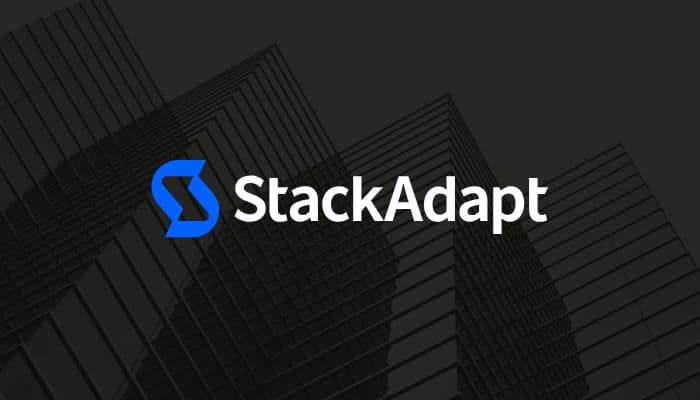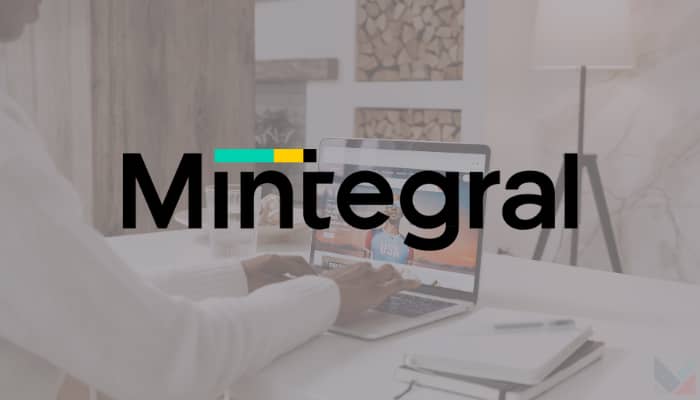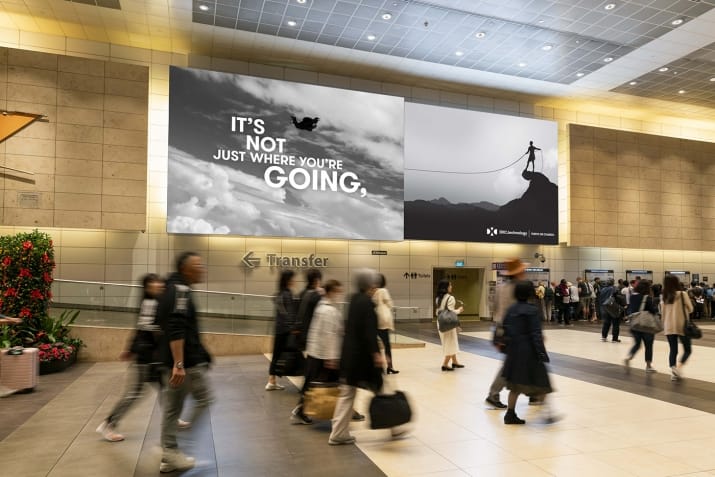Advertising is increasingly being shaped by Artificial Intelligence (AI). Particularly, it is changing programmatic advertising, for the right reasons.
The rise of advanced advertising technologies has streamlined many processes, particularly in the diverse and complex Asia-Pacific (APAC) region. With each market in APAC presenting unique challenges, these innovations have enabled advertisers to navigate and optimise their strategies more effectively.
In MARKETECH APAC’s latest What’s NEXT in Marketing interview, Joyce Seah, Head of Client Success, APAC at Quantcast, explores the role of AI in programmatic advertising. She highlights how technology is transforming essential processes, enabling marketers to succeed amidst the highly nuanced APAC market.
Impact of AI on programmatic advertising
“AI is no longer just a buzzword, it is reality,” says Joyce. All executions and activations in the marketing landscape are integrated with it, ultimately enhancing every part of the process brands use to engage with their prospects and customers.
One of the largest impacts AI has made is normalising hyper-personalisation. This used to be merely a goal for advertisers before, but is now achievable with relative ease.
“AI and machine learning is enabling advertisers to deliver highly tailored messages to individuals, and this is also something individuals have come to expect,” she said.
Essentially, advertisers today can create more relevant marketing experiences using accurate insights about their audiences’ interests, reach them on platforms they natively use, and deliver seamless messaging while adhering to global consumer privacy laws.
“We’re able to leverage real-time data to predict user preferences, and this is paramount because we know users change their preferences ever so often,” Joyce explained.
And it’s not just in advertising, technology is enabling teams to be more efficient in their jobs. According to a Deloitte Gen AI survey, 80% of Gen AI users said that it’s improved the speed at which they can complete tasks; leading to time savings of approximately 6.3 hours per week, for example.
“With AI and machine learning, we’re able to free up a lot of these people’s time to do actual creative and strategic work because we’re going to be able to remove a lot of the manual lever pulling,” she said.
Navigating APAC’s cultural nuances is key
While AI makes targeting easier, advertisers in the APAC region must take into account the region’s nuances if they are to use it effectively.
“When working in the APAC region, brands should consider localising creatives and messaging to align with the regional preferences for greater advertising impact,” Joyce said.
“Brands also have to realise that there isn’t a one-size-fits-all approach when it comes to APAC, because of language and cultural differences,” she added.
As an example, Joyce shares how visual storytelling strategies would most likely resonate with audiences in Southeast Asia (SEA) and Australia, while those in Japan and South Korea would prefer direct messaging.
“They will need to take a tailored approach which includes exploring and adopting technologies that can help them unify their marketing tactics and measurement efforts, including programmatic,” she said.
Drivers of innovation in APAC
Joyce also points out other ways in which APAC is leading innovative thinking for the rest of the world, for instance with the significant use of mobiles in the region.
“In APAC, especially in Southeast Asia, high mobile penetration and preference for mobile-first internet usage are the drivers of innovations behind mobile advertising technologies. Because of that, we are setting trends that influence mobile ad strategies globally,” she explained.
Joyce points to the popularisation of super apps as an example, citing the success of Grab and Gojek in SEA. Additionally, she comments on the proliferation of retail media networks.
“It’s part of our daily life. Consumers are more and more mobile in this region. Live commerce and retail media networks are part of our ecosystem now, we realise it’s one and the same,” she said.
In essence, the future of programmatic advertising lies in advertisers’ understanding and adaptability in markets that are increasingly becoming more bespoke, dynamic and customer-centric.
“Using AI and machine learning is going to help advertisers in APAC uncover deeper insights into our very diverse cultural background, understand diverse consumer behaviours and therefore be able to generate and develop hyper-targeted campaigns that resonate across this very complex but wonderful region,” Joyce said.
While the highly nuanced cultures of APAC present challenges alongside opportunities, advertisers can gain an edge by harnessing technologies towards the right goal. Ultimately, most businesses aim to forge stronger connections with their audiences, and AI is one way to make the process easier as the media industry becomes more complex and diverse to navigate.
To view the full discussion, watch the video interview here:











